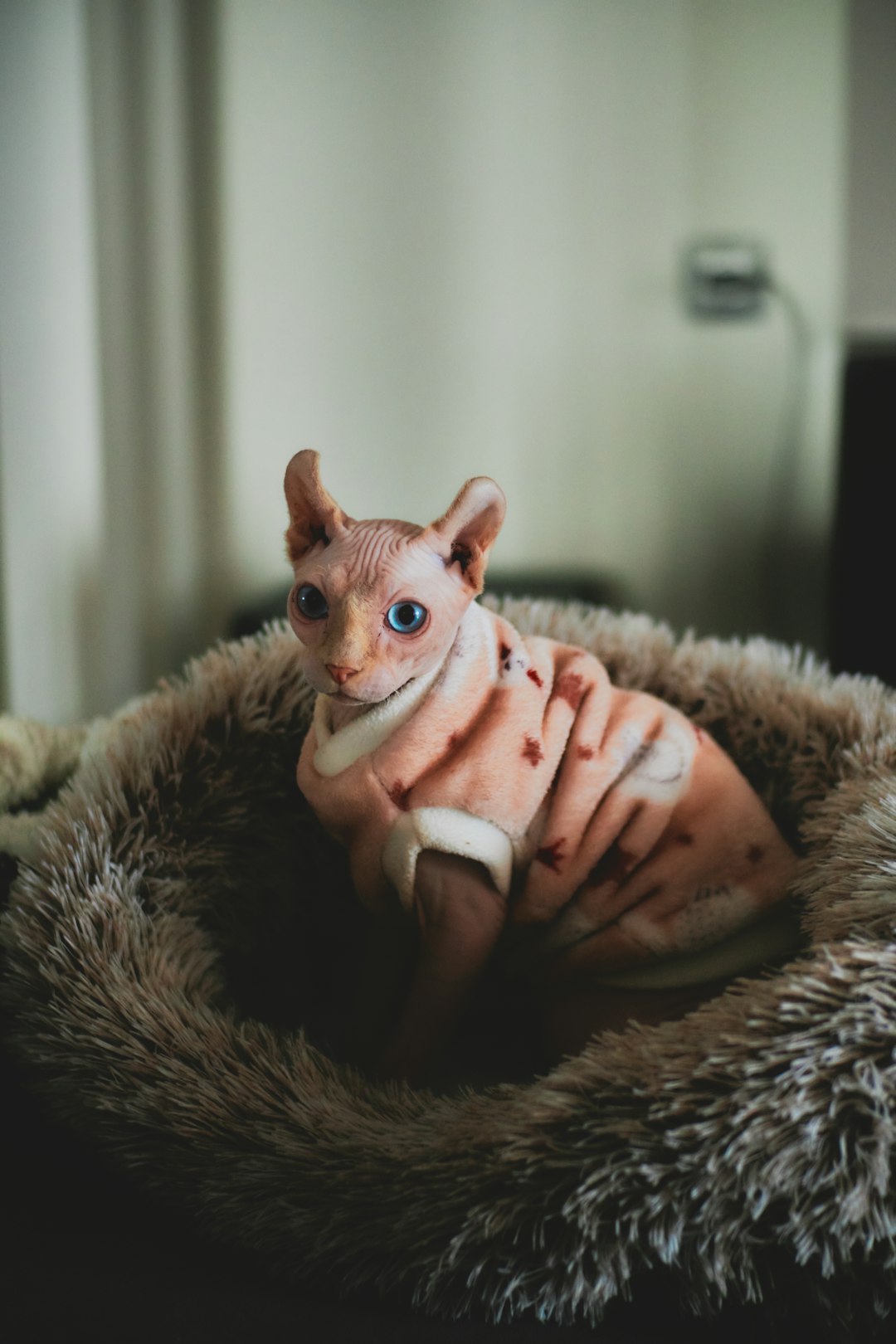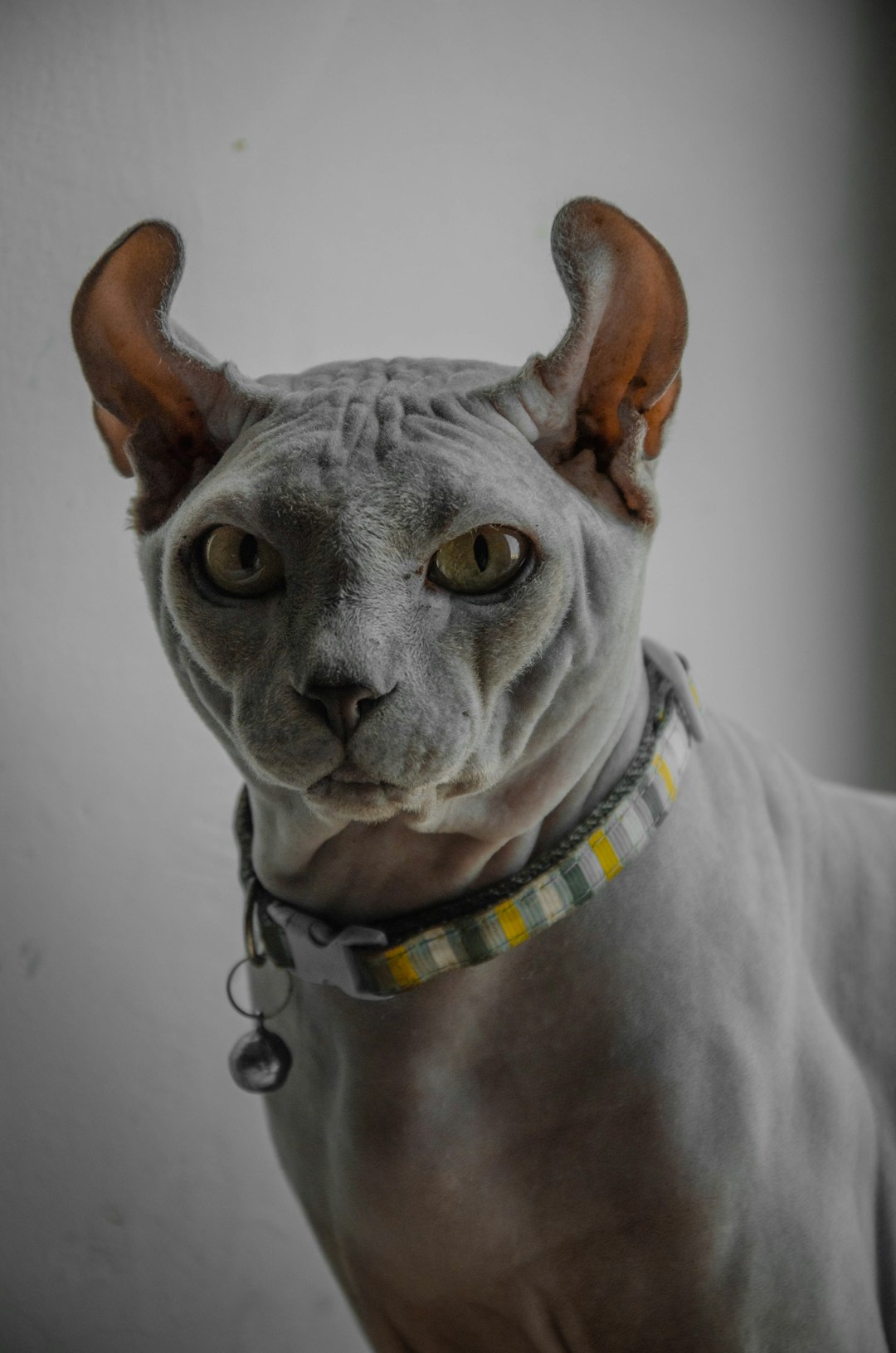The notion of the "Vampire cat" captivates the imagination and often evokes chilling tales filled with mystery. These unique felines, with their hauntingly beautiful appearances, have inspired countless myths and cultural representations throughout history. By delving into the origins, physical traits, and behaviors attributed to these spooky cats, we can distinguish fact from fiction. Additionally, exploring common misconceptions and scientific truths about feline physiology adds depth to our understanding. Join us as we uncover the myths and facts that make the vampire cat an intriguing subject in folklore and pet care.
Origins of the Vampire Cat Myth
The legend of the Vampire cat captivates cat enthusiasts and folklore followers alike. This intriguing myth intertwines history and cultural beliefs, leading to a fascinating exploration of feline mystique. Here’s a closer look at how the Vampire cat myth originated:
Ancient Cultures: Many ancient societies revered cats, often associating them with supernatural power. Egyptians believed cats embodied divine qualities, which may have inspired vampiric traits.
Nighttime Activity: Cats’ nocturnal nature fuels the Vampire cat legend. Their hunting behaviors during twilight hours, combined with sharp teeth and piercing eyes, contribute to the eerie image of a creature of the night.
Folklore Symbolism: In various cultures, cats symbolize mystery and the unknown. A Vampire cat embodies these qualities, often depicted as guardian spirits or omens, reinforcing their association with the supernatural.
Literature and Movies: The portrayal of cats in gothic literature and horror films further popularized the Vampire cat myth, embedding it into modern cultural consciousness.
Understanding the origins of the Vampire cat myth highlights humanity’s deep fascination with these enigmatic creatures, bringing to light the power of storytelling across generations.
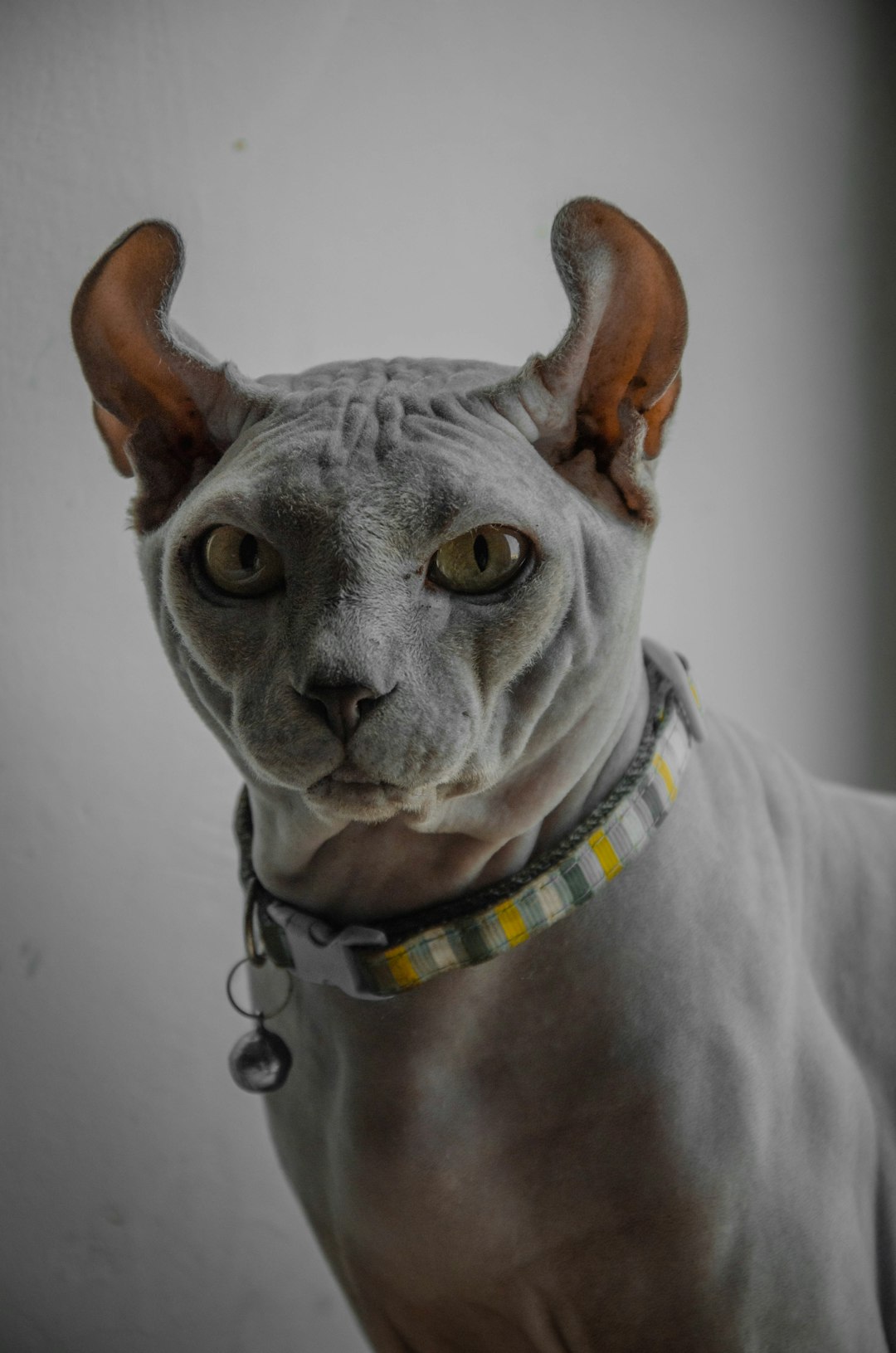
Physical Characteristics of the Vampire Cat
The Vampire cat has captivated imaginations with its striking appearance and mysterious allure. Often associated with supernatural folklore, these felines boast certain physical traits that contribute to their ghastly reputation. Here’s what you should know:
- Fangs: The most recognizable trait of a Vampire cat is its elongated canines, which may appear more pronounced than those of a typical cat.
- Glistening Eyes: Their eyes often shine with an eerie glow in dim light, adding to their otherworldly charm.
- Mysterious Coat: Many Vampire cats sport dark, sleek fur that enhances their enigmatic vibe. Some may have patterns resembling bat wings or bloodstains.
- Arched Backs: These creatures often hold an elegant posture, giving them a graceful yet haunting aura.
| Trait | Typical Cat | Vampire Cat |
|---|---|---|
| Canine Length | Short | Long |
| Eye Shine | Subtle | Intense |
| Coat Patterns | Diverse | Dark/Mysterious |
| Posture | Relaxed | Eerie and Elegant |
In summary, the Vampire cat combines unique physical features that fuel both admiration and fear, making it a fascinating subject in the world of cats.
Behavioral Traits Attributed to Vampire Cats
The distinctive look of the Vampire cat often leads to intriguing behavioral traits associated with them. While these traits are fueled by myths, they provide an entertaining perspective on these enigmatic creatures. Here are some notable behaviors often attributed to Vampire cats:
- Nocturnal Habits: Much like vampires, these cats tend to be more active during the night, showcasing their hunting instincts.
- Stealthy Movements: A Vampire cat displays grace and agility, making them skillful at sneaking up on their prey or toy.
- Affectionate Yet Aloof: Common narratives suggest that these cats balance between loving companionship and mysterious detachment, often choosing when to engage.
- Vocalization: Interestingly, Vampire cats may emit a range of sounds, from soft purrs to eerie yowls, which add to their supernatural aura.
| Trait | Description | Myth Connection |
|---|---|---|
| Nocturnal Activity | Active mainly at night | Vampire lore |
| Stealthy Movement | Sneaky and agile | Hunting efficiency |
| Affection Level | Warm yet independent | Mysterious allure |
| Vocalization | Diverse sounds, including yowls and purrs | Connection to the eerie |
While these behaviors create a captivating image of the Vampire cat, they also remind us of the unique personality traits that every feline possesses, making them both charming and mysterious companions.
Cultural Representations of Vampire Cats
The Vampire cat has permeated various cultures, becoming a symbol of superstition and intrigue. From the Middle Ages to modern pop culture, this eerie creature often captures the imagination. Here’s a look at how different societies portray the Vampire cat:
Folklore: In many regions, people believed that cats, especially black ones, served as familiars for witches or were spirits themselves. This belief birthed the notion that they harbored powers akin to vampires.
Literature: Authors like Edgar Allan Poe and Anne Rice reference feline characters with eerie characteristics, often linking them to the supernatural. These stories fuel the mystery surrounding the Vampire cat.
Film and Television: The Vampire cat appears in scary movies and animated series, often depicted as cunning and mischievous. Examples include animated characters with vampire traits who display unusual charm, reinforcing the spooky yet lovable aspect of these creatures.
While the Vampire cat may straddle the line between reality and myth, its cultural significance continues to grow. It serves not only as a source of entertainment but also as a catalyst for discussions around superstition and the supernatural.
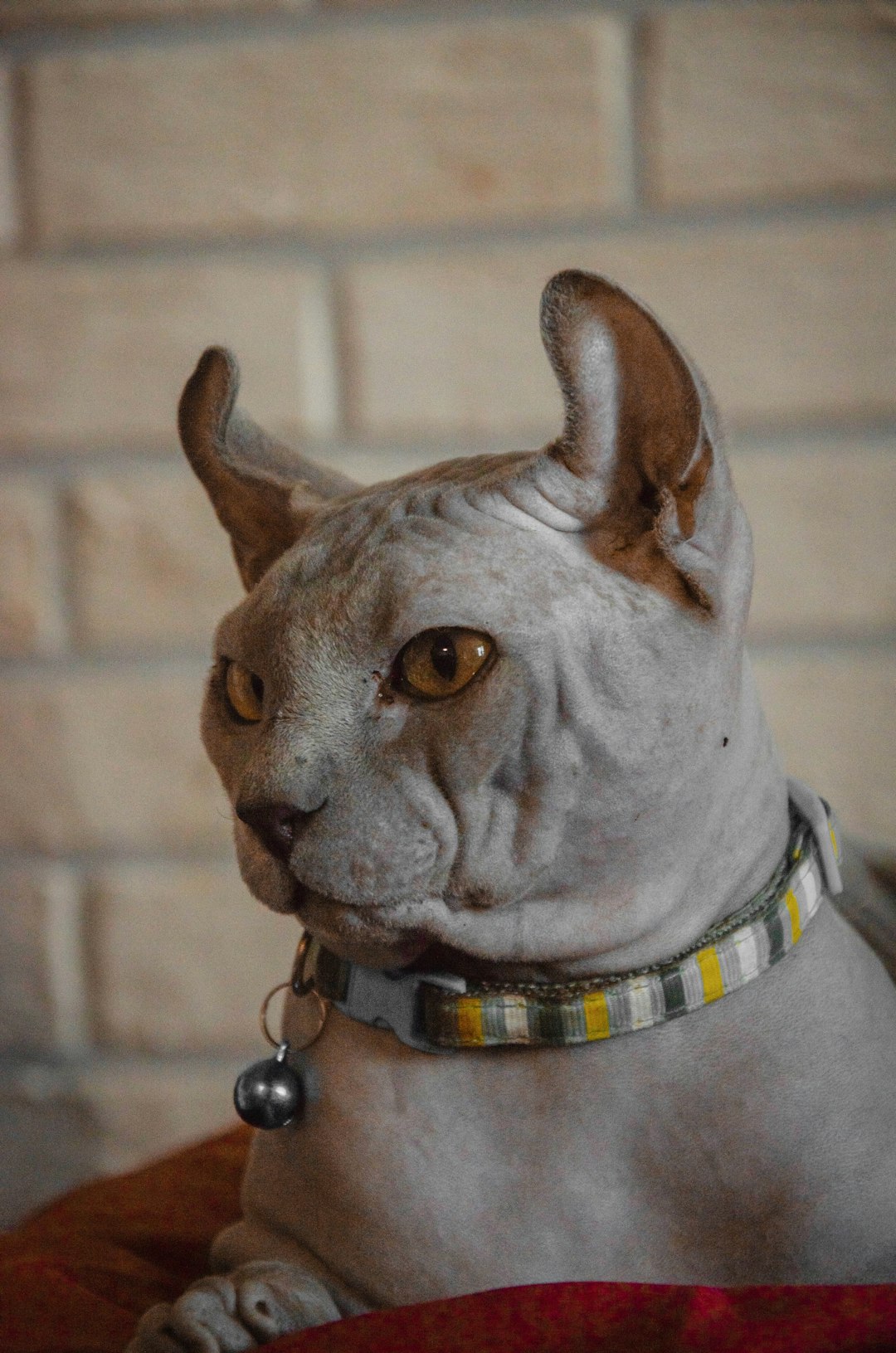
Scientific Facts About Feline Physiology
Vampire cats may conjure eerie imagery, but their physiology is grounded in science. Understanding these fascinating facts about feline anatomy can dispel myths and illuminate the reality behind these spooky-looking creatures. Here are key aspects:
Teeth and Bite: Vampire cats, like all felines, possess sharp incisors and canines ideal for gripping and tearing food. Their bite force—approximately 70 pounds per square inch—allows them to hunt effectively.
Eye Structure: The mesmerizing, often haunting eyes of a vampire cat are shaped for low-light visibility, featuring a tapetum lucidum—a reflective layer that enhances night vision.
Ears: Their large, mobile ears provide acute hearing. Vampire cats can detect a broader range of frequencies than humans, which aids in locating prey.
Claws: Retractable claws allow vampire cats to climb, hunt, and defend themselves effectively, adding to their enigmatic persona.
In summary, while the vampire cat might have an enchanting and spooky appearance, its physical traits are purely functional, showcasing the beauty of feline physiology. Understanding these facts helps demystify the allure surrounding these intriguing pets.
Common Misconceptions Surrounding Vampire Cats
The fascinating concept of the Vampire Cat brings with it a range of misconceptions. Let’s debunk some of the most common myths:
Myth 1: Vampire Cats drain energy from humans.
Fact: Vampire cats, like any other felines, thrive on love and attention but do not absorb energy.Myth 2: They all have sharp, elongated teeth.
Fact: While many cats have sharp teeth, only certain breeds display prominently long canines. This is not exclusive to the vampire look.Myth 3: Vampire Cats are nocturnal predators.
Fact: Cats are crepuscular, meaning they are most active during dawn and dusk, not purely at night.Myth 4: They are inherently malicious.
Fact: The vampire cat is often misrepresented as being bloodthirsty. In reality, these cats simply exhibit normal hunting behaviors, which can be misinterpreted.Myth 5: All cats with spooky appearances are Vampire Cats.
Fact: While some felines may have eerie features, not all possess the traits associated with the vampire cat myth.
By understanding these misconceptions, we can appreciate the mysterious allure of the Vampire Cat without fear or misunderstanding.
The Role of Vampire Cats in Folklore
Vampire cats have captured the imagination of cultures around the world, intertwining their mysterious traits with folklore. These mythical creatures often symbolize a blend of reverence and fear, encapsulating the essence of nocturnal beings. Here’s a closer look at their folkloric roles:
- Symbol of Mystery: The vampire cat symbolizes the unknown, representing agility and cunning, much like the legends of vampires themselves.
- Guardians of Secrets: In various stories, these enigmatic felines protect sacred spaces or hidden treasures, embodying the idea of guardianship.
- Cultural Beliefs: Many cultures associate cats with supernatural forces, viewing vampire cats as spiritual guides or protectors that can ward off evil spirits.
- Night Creatures: As creatures of the night, they reflect the fear associated with darkness, often linked to beliefs about witchcraft and the supernatural.
In summary, the vampire cat holds a significant place in folklore, serving as both a guardian and a reminder of the mysterious and unknown aspects of life. Their legacy continues to fascinate and evoke intrigue, making them a lasting element of cultural narratives.
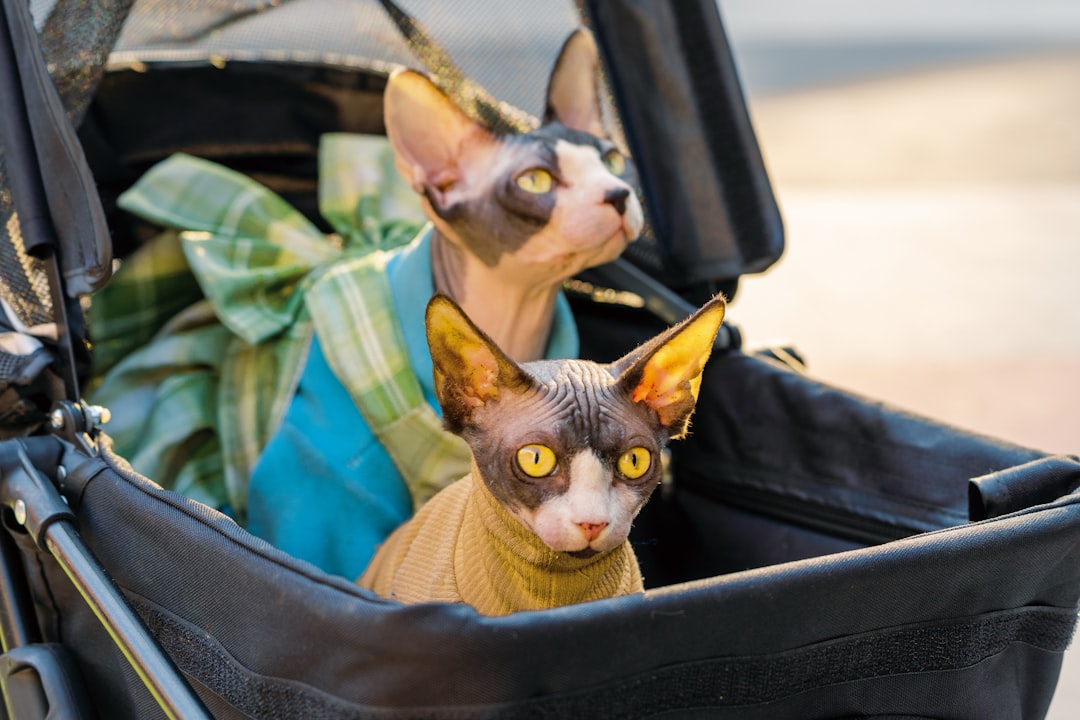
How to Care for Your Cat with Spooky Looks
Caring for a cat that boasts spooky aesthetics, often referred to as a Vampire cat, requires special attention to ensure their well-being. Here are some essential tips to keep in mind:
Diet:
- Provide high-quality cat food rich in protein.
- Ensure a balanced diet to support their unique physique.
Grooming:
- Regularly brush your cat to maintain a sleek coat, especially if they have long hair.
- Keep an eye on dental hygiene; some Vampire cats may have prominent fangs that require special care.
Environmental Enrichment:
- Create a stimulating environment with scratching posts and engaging toys.
- Encourage playtime to satisfy their natural hunting instincts.
Health Checks:
- Schedule regular vet visits to monitor their health.
- Stay alert for any unusual behaviors, as spooky-looking cats can still develop common feline health issues.
By following these guidelines, you’ll ensure your Vampire cat thrives while embracing their unique charm. With proper care, your spooky companion can be both an enchanting pet and a healthy one.
Frequently Asked Questions
What is a Vampire Cat, and where did the name originate?
The term ‘Vampire Cat’ is primarily a playful nickname attributed to certain feline breeds that exhibit unique physical traits, particularly those reminiscent of vampires, such as large fangs and an eerie appearance. These cats, particularly the Sphynx or Oriental breeds, have prominent features that evoke the mythical creature. The name also draws from their mysterious demeanor, often tying in with spooky folklore and Halloween themes, making them a favorite character in various myths and stories.
Are Vampire Cats real, or are they just a myth?
Vampire Cats are not real in the sense of being supernatural beings like vampires from folklore; rather, the term refers to specific cat breeds with unique physical characteristics. These cats can appear to have a vampiric look due to their facial structure and tooth prominence, particularly in breeds with short muzzles and large teeth. Despite the playful naming, these cats are normal pets, often affectionate and playful, challenging the spooky myths associated with their names.
How can I care for a Vampire Cat if I decide to adopt one?
Caring for a Vampire Cat involves standard feline care tailored to their specific needs. These cats may require additional grooming, especially if they have hairless traits like the Sphynx, demanding regular baths to keep their skin healthy. Depending on the cat’s breed, dental care is crucial, as they can be prone to dental issues due to their prominent teeth. Regular veterinary check-ups, a balanced diet, and plenty of playtime are essential for keeping them happy and healthy.
What myths surround Vampire Cats, and are they true?
Several myths surround Vampire Cats, including notions that they suck the life out of their owners or bring misfortune. These stories stem from the cats’ sometimes eerie appearances and their association with Halloween. In reality, these myths are exaggerated tales; Vampire Cats are generally friendly pets, and there is no evidence linking them to bad luck or mischief. Like all cats, they are loving companions when cared for properly.


